FROM across the south Asian diaspora, the refrain was the same: Lata Mangeshkar, who died in Mumbai last Sunday (6), aged 92, may have gone, but her songs will live on forever.
She had a special connection with the UK, where her first concert in 1974 was in a packed Royal Albert Hall. She also maintained an apartment in St John’s Wood in London. Over the decades, many a guest picked one of her memorable songs when they were guests on BBC Radio 4’s Desert Island Discs.
Lata’s story in many ways coincides with that of modern India. “Lataji’s role in Indian cultural history is beyond dispute,” Rachel Dwyer, Professor Emerita of Indian Cultures and Cinema, School of Oriental and African Studies, University of London, told Eastern Eye.
“She was a brilliant musician blessed with one of the world’s great voices,” Dwyer added. Her books include a biography of Yash Chopra, the director and producer who has made such films as Deewaar, Kabhi Kabhie, and Dil To Pagal Hai. She is also the author of Bollywood’s India: Hindi Cinema as a Guide to Contemporary India and Filming the Gods: Religion and Indian Cinema.

Dwyer said, “Her songs have been central to the emotional landscape of generations of Indians and I, like many people, feel as though I personally experienced feelings in many times and places I would never have known, but through the beauty of her songs.” She recalled “being very excited when I first went to meet this iconic figure, but disappointed she wasn’t there when I arrived at the recording studio for Dil To Pagal Hai in south Mumbai. Then I heard a laugh in a bell-like tone, a magical noise, and saw a small figure in her trademark white sari. I watched in awe as she concentrated on the music, marking her score, singing so softly I could barely hear her, before going into a booth to deliver it perfectly.”
Later over lunch, “she encouraged me to try everything, and was warm and friendly despite my halting Hindi. Yashji and she were like siblings. I was used to his seniority in the industry, but he always called her ‘Didi’ (elder sister). Together they were like two young people who were professionals rather than stars.
“Lataji was called the Nightingale of India, but in real life had no dull feathers. She had a birdlike grace, she sparkled. Her eyes were bright, darting around, taking everything in, her sari bright white, her diamonds dazzling, and above all, that distinctive voice was clear as crystal.”
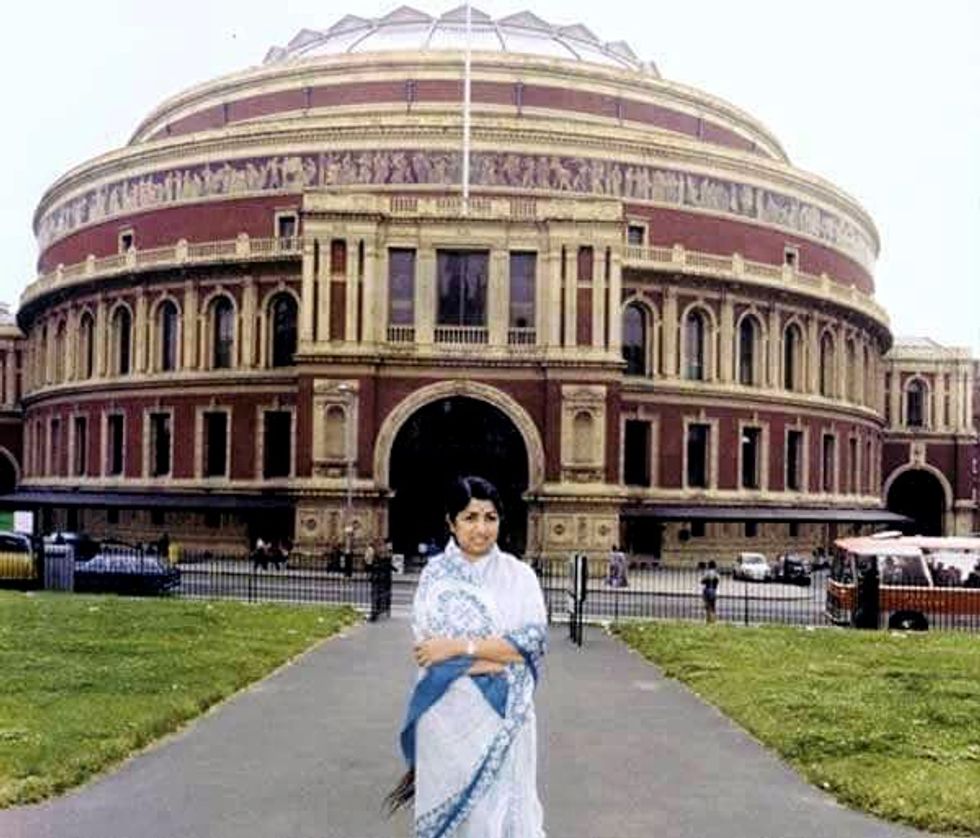
Another assessment was given by the London-based film historian Lalit Mohan Joshi, who set up the South Asian Cinema Foundation. “Lataji’s voice and soul are timeless,” he said. “Her physical passing away symbolises the demise of the golden age of Indian film music.
“As a child the impact on her after seeing KL Saigal’s Chandidas was so deep, she said she would marry KL Saigal. She was honed as a playback singer by Khemchand Prakash, Anil Biswas, Naushad and Salil Choudhury. Lataji will live on as an icon of Indian classical, folk, devotional and film music and inspire generations to come.”
When in London, Lata would often come and have homemade Gujarati food with the historian Kusoom Vadgama, who said: “I am, as with other millions, deeply saddened by the loss of a great Indian, who became the voice of India. I still get goosebumps when I hear Aye Mere Watan Ke Logon.”
When the singer visited Vadgama’s office and home in Finchley, north London, she was relieved when no one recognised her. “In Bombay,” Lata explained, “hundreds of people gather wherever I go.” Vadgama reassured her: “You are safe here.”
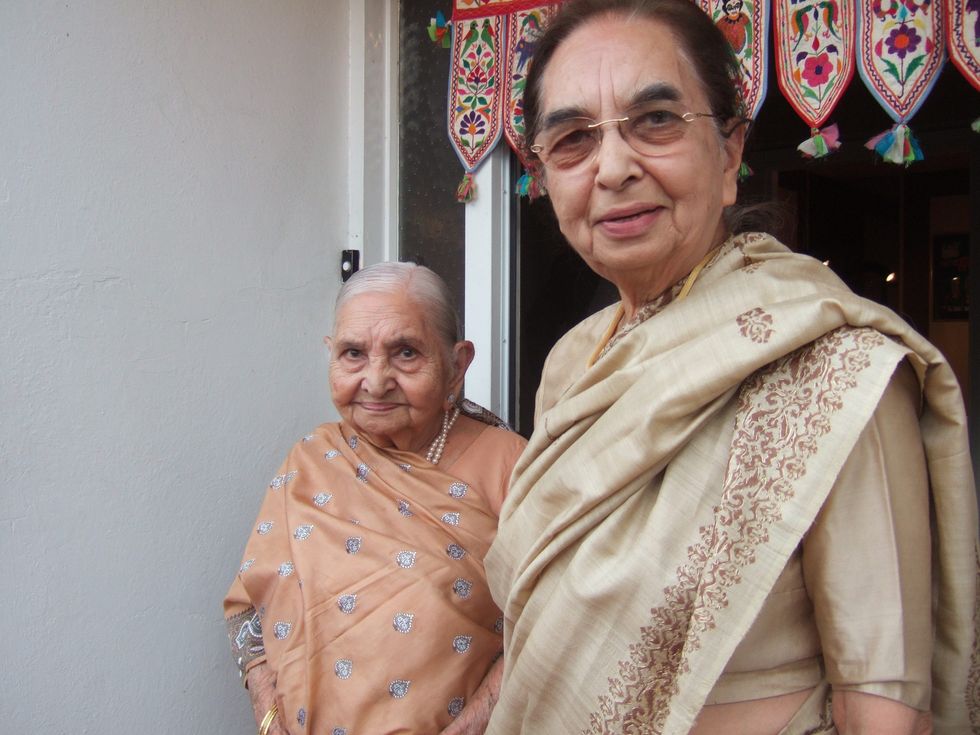
Lata was very respectful towards Kusum’s elderly mother, Champaben (who died in 2009, aged 100).
“Once when we were in Brent Cross Shopping Centre, we bumped into Lata who bent down and touched my mother’s feet. She did not behave like a big star. She was an amazing personality – always down to earth and warm every time we met.”
In 2005, the economist and Hindi film buff, Lord Meghnad Desai (who has written about Lata in Eastern Eye this week), was asked in an interview to name the public figure he would most like to spend his time with if he were to be marooned on a desert island. “Lata Mangeshkar,” he replied, without hesitation.
Lata was brought to London for her debut concert in 1974 by the late businessman and impresario Satya Narayan Gourisaria, who considered it one of his greatest achievements.
After Lata had been introduced to her audience by Gourisaria, there followed speeches by the film legend Dilip Kumar, and two Labour pro-Indian stalwarts, the MP Julius Silverman and the then employment secretary and future party leader, Michael Foot.
During the concert, which was later released as an LP, Lata began with a shloka from the Bhagawad Gita. She sang songs which are now part of Indian culture, among them Inhin Logon Ne (Pakeezah), Pyar Kiya Toh Darna Kya (Mughal-E-Azam), Ye Zindagi Usi Ki Hai (Anarkali), Aaega Aane Wala (Mahal), Aaja Re Pardesi (Madhumati), concluding as she often did with the patriotic Aye Mere Watan Ke Logon. There are quite a few celebrities who have picked a Lata song on Desert Island Discs.
Vikram Seth, author of A Suitable Boy, chose Ab Raat Guzarne Waali Hai (Awara) in 2012; cookery expert Pinky Lilani picked Lag Ja Gale (Woh Kaun Thi) in 2017; and Oscar winner Asif Kapadia’s list in 2019 included Kabhi Kabhi Mere Dil Mein (Kabhi Kabhie).
Nor were all the guests Indian.
In 2009, Gore Gore O Banke Chhore, sung by Lata, was the surprise choice of Jan Pienkowski, the illustrator of children’s stories, including his best-known creations, Meg and Mog.
Pienkowski was born in Poland in 1936 and found himself deposited in England at the age of nine with his parents because of the war. He didn’t have a word of English, but did well at his state school and got a place to read Classics and English at King’s College, Cambridge, in the 1950s. “When I went to King’s there was a little house by the Granta pub,” Pienkowski told Kirsty Wark, the presenter. “(There were) about five of us put together and I gradually realised that the reason we were all there was that we were all foreign. There was an Irish American, a Jewish South African, a Punjabi, myself and my great friend Dilip Dharkar who was from Bombay – and he and I used to sing this pop song over and over and over again.”
Then one day Pienkowski realised the contagion had spread to “our wonderful (English) landlady”.
“I remember her coming up the stairs with the breakfast singing …Gore Gore…..”
The song is from the film Samadhi, which was the biggest hit of 1950. It starred Ashok Kumar and Nalini Jaywant and was directed by Ramesh Saigal. It tells of two brothers who find themselves on opposite sides during war.
“Lata Mangheskar and Gore Gore…still stuck in your head…you still know all the words to that….,” laughed Wark. “Astonishing, yes,” responded Pienkowski.
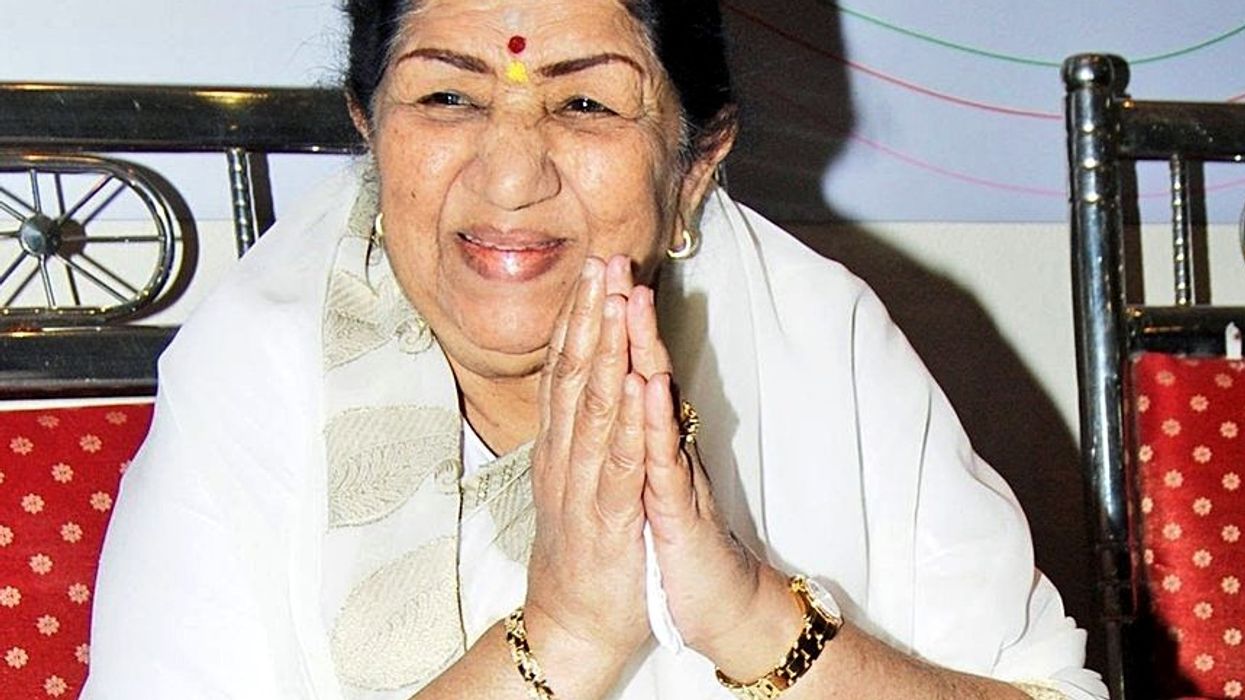

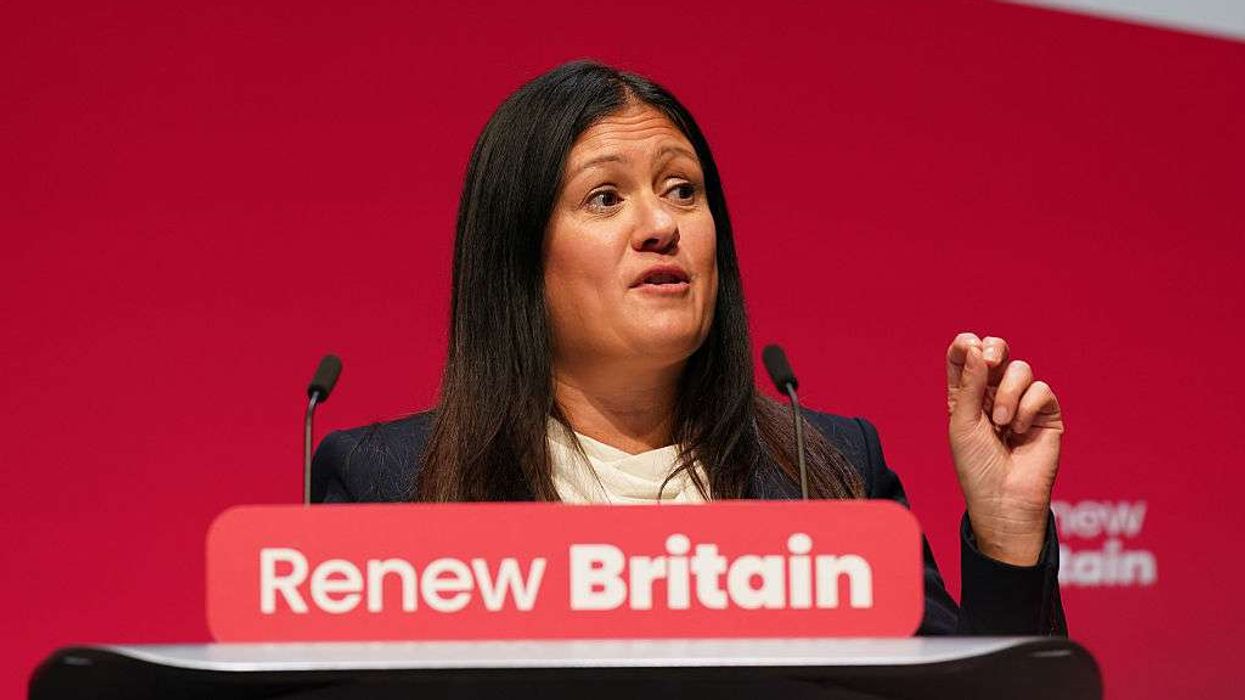
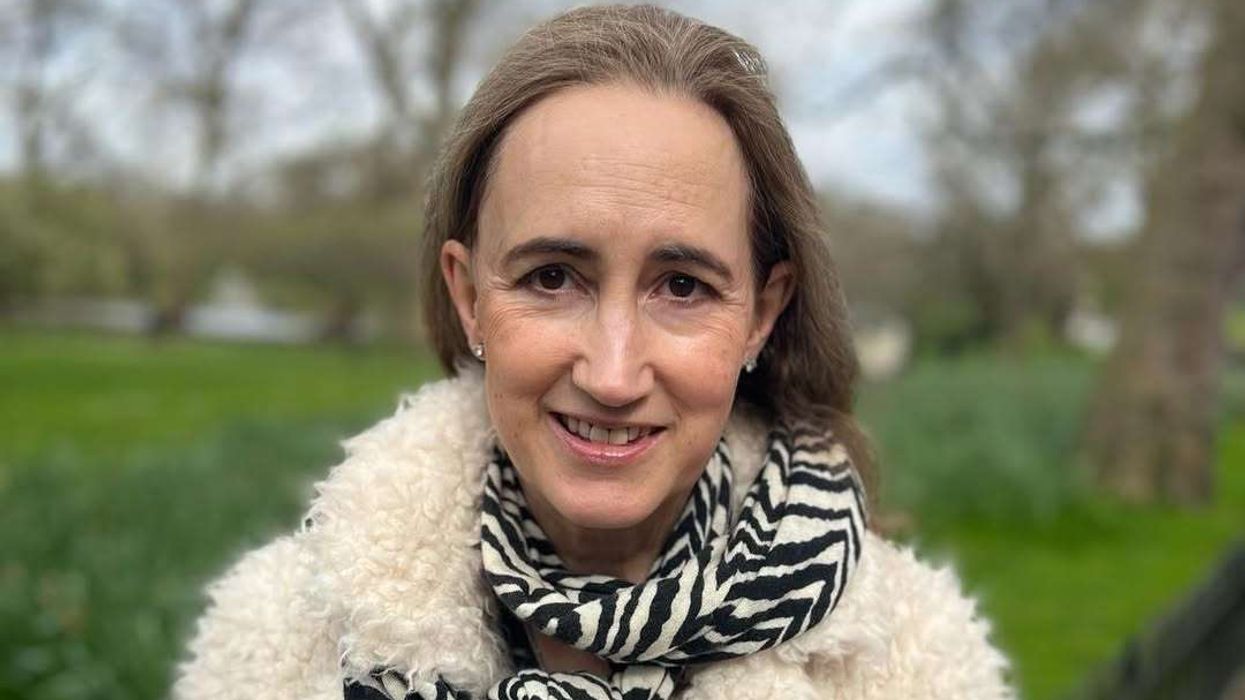
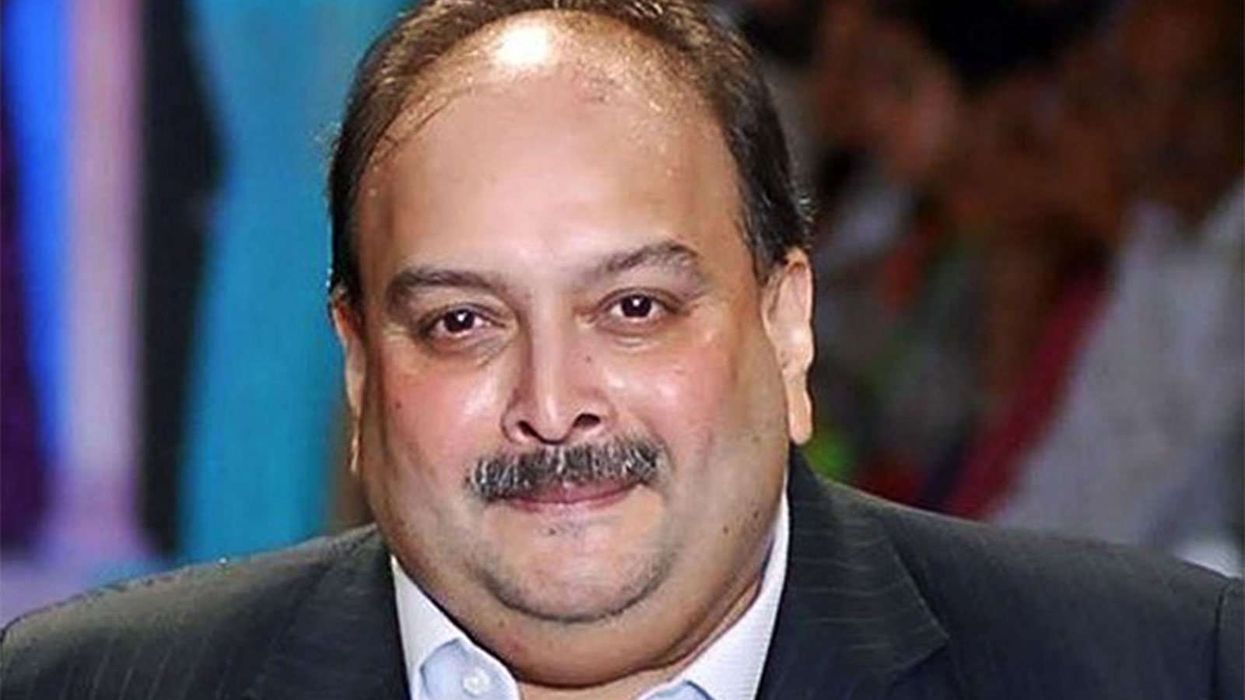

 The BFG - production images Royal Shakespeare Company/(c) Marc Brenner
The BFG - production images Royal Shakespeare Company/(c) Marc Brenner 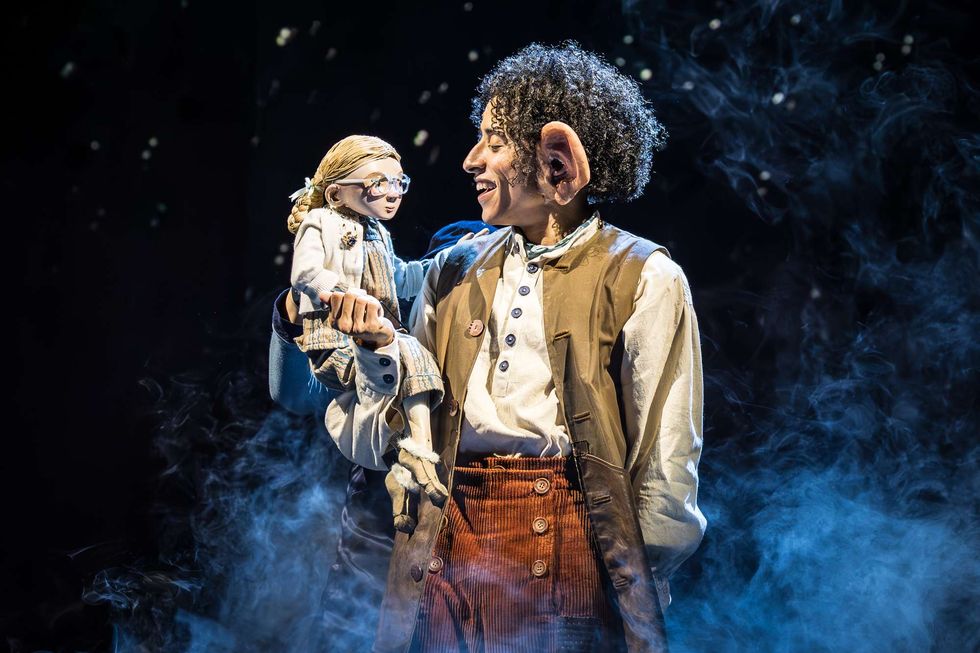 BFG production images, directed by Daniel Evans. Royal Shakespeare Theatre, taken in November 2025.Royal Shakespeare Company/(c) Marc Brenner
BFG production images, directed by Daniel Evans. Royal Shakespeare Theatre, taken in November 2025.Royal Shakespeare Company/(c) Marc Brenner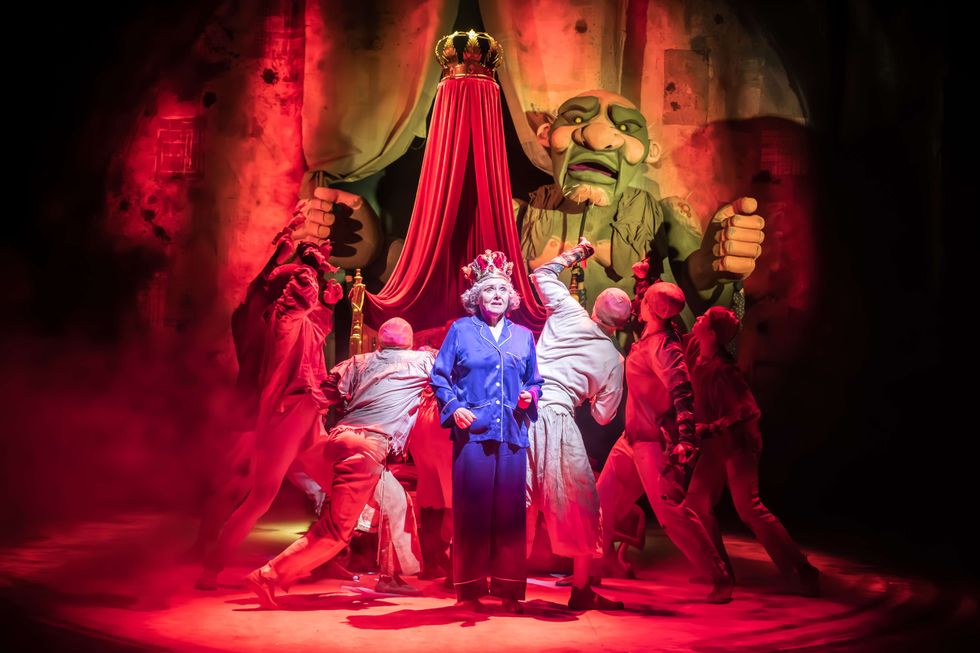 BFG production images, directed by Daniel Evans. Royal Shakespeare Theatre, taken in November 2025.Royal Shakespeare Company/(c) Marc Brenner
BFG production images, directed by Daniel Evans. Royal Shakespeare Theatre, taken in November 2025.Royal Shakespeare Company/(c) Marc Brenner





